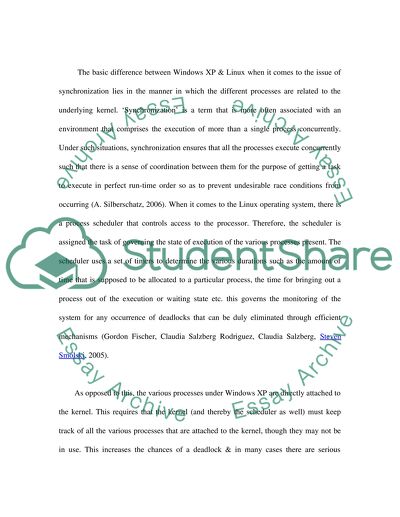Cite this document
(“Comparison between Windows XP & the Linux operating system Essay”, n.d.)
Comparison between Windows XP & the Linux operating system Essay. Retrieved from https://studentshare.org/information-technology/1532977-comparison-between-windows-xp-the-linux-operating-system
Comparison between Windows XP & the Linux operating system Essay. Retrieved from https://studentshare.org/information-technology/1532977-comparison-between-windows-xp-the-linux-operating-system
(Comparison Between Windows XP & The Linux Operating System Essay)
Comparison Between Windows XP & The Linux Operating System Essay. https://studentshare.org/information-technology/1532977-comparison-between-windows-xp-the-linux-operating-system.
Comparison Between Windows XP & The Linux Operating System Essay. https://studentshare.org/information-technology/1532977-comparison-between-windows-xp-the-linux-operating-system.
“Comparison Between Windows XP & The Linux Operating System Essay”, n.d. https://studentshare.org/information-technology/1532977-comparison-between-windows-xp-the-linux-operating-system.


